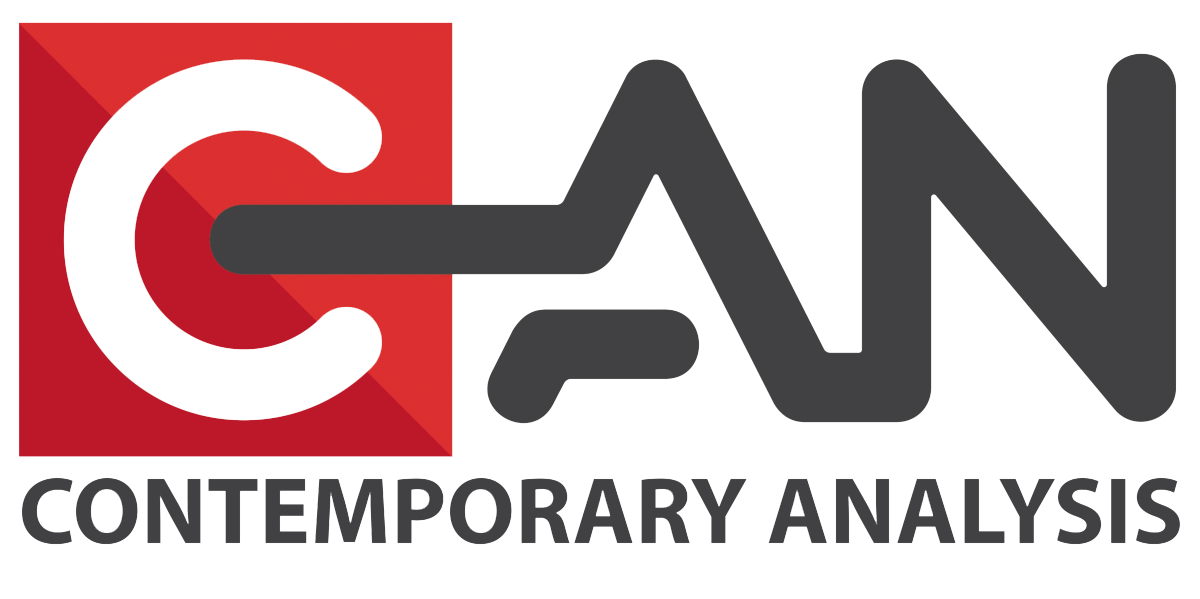I spent last week at a conference focused on customer research. There were +1,000...
News
read more
An Analytical Dashboard: Nebraska's Workforce
Creativity and innovation are the key for companies and countries to remain competitive....
The Difference between Statisticians and Data Scientists
If asked a question: Statisticians will provide an answer, and Data Scientists will...
Tips for Predictive Analytics
A recent survey by SAS, the provider of business analytics and business...
Data Driven Decision Making & Camping
I was recently reminded of the importance of data driven decision making. I spent 6 days...
Internet of Things
Eventually, we will digitize our bodies, information and objects; creating a network of...
A Happy Halloween depends on knowing where to Trick-or-Treat
Once again it’s that time of the year when kids and parents prepare to hit the streets...
Exploring the New Frontiers with Data Science
At CAN we explore new frontiers with data science. Most of us think of our world as...
We are Experts in Business Medicine
Suppose you have a bad feeling. Perhaps there is an aching somewhere in your body...
